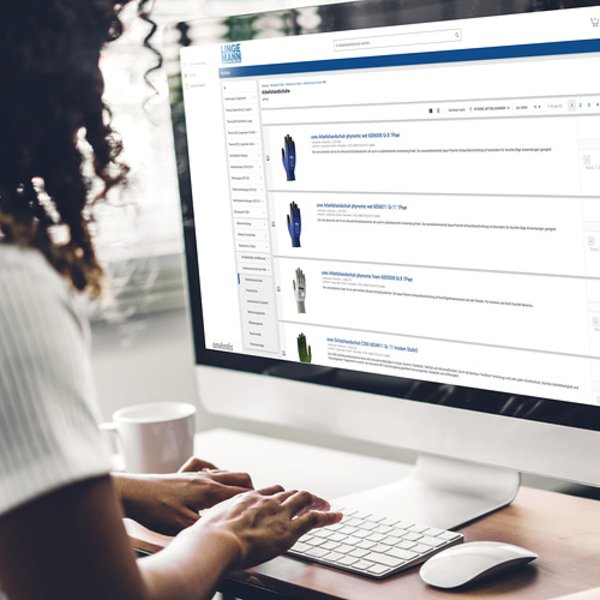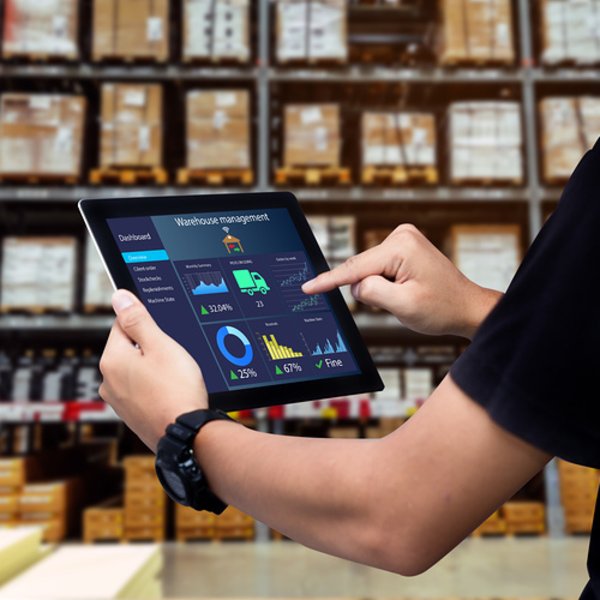Efficient mapping for smooth EDI communication

EDI connection

IT Systems
Initial situation
The task is clearly defined - business processes should be automated. In purchasing and warehouse management, it is measured how many processes and documents were processed via interfaces and how many were processed conventionally. The goal of increasing the proportion of automated processes is obvious. However, this means immense effort in the specialist departments and not least costs.
Increasing this percentage noticeably for a supplier base of 500 suppliers is a challenging undertaking. An EDI project is seldom worthwhile, especially for many sources of supply with low volumes. As soon as adjustments are required in your own ERP, the costs quickly exceed the actual benefits.
Many companies work through service providers who clarify the connection modalities with those involved and set up the connection. The creation of a specification, clarification of transfer parameters, and the adjustment of the master data is required. Often this means a long project phase and a lot of communication. Isn't that easier?
Lingemann helps you to integrate hundreds of sources of supply into your existing interfaces.
Analysis by Lingemann
Everyone is talking about digitization, and colleagues in all areas of the company are encouraged to push the topic forward. Within the procurement process, this essentially means two tasks: Maintained or adapted master data and automated transfer of documents. This includes purchase orders, order confirmations, delivery notices, and invoices.
Many ERP systems already support common formats, such as EDIFACT, but require certain field contents. It is worthwhile to develop such interfaces with heavily frequented raw material suppliers, but not for a large number of small C-part suppliers.
Lingemann bundles the needs in the area of C-parts and has also specialized in the subjects of individualized master data and EDI connections. We can manage article data such as units of measure or material numbers in a customer-specific manner and operate the existing EDI interfaces - to cover the entire need for C-parts, regardless of product groups or sources of supply.
Implementation
Five years ago we implemented a completely new server system in which the mapping of data structures and automated process management plays a central role. In addition to maintained master data, data transformation is, from our point of view, the core of automation in procurement processes.
In particular, we are talking about our ESM server (Enterprise Service Manager), which can handle any process chain. For example, monitoring an FTP server, downloading new files, backing up to the archive system, data transformation, PDF creation, sending e-mails, and importing into ERP can be saved as a process and triggered with the trigger "File is placed on SFTP server" to be triggered.
Behind the process step "data transformation" there is a mapping instruction that we embed as JAVA code in the server. We create these in Mapforce and can use them to read and generate all common data formats. This includes all EDIFACT versions (e.g. D96A), XML structures as well as Idoc, text formats such as CSV, and many more. Further formatting of the data, calculations, or translation tables can be integrated within the mappings.
Operation and ongoing optimization
The capacities in the departments concerned are scarce and should not be additionally stressed by lengthy coordination of transmission parameters and field contents. That is why we rely on lean and direct communication.
In numerous EDI projects, we have made the experience that the configuration of an interface is easiest when the data supplier also sets up the interface and speaks directly to the recipient of the data. From taking over the product data from our suppliers to uploading the order confirmation, we oversee and manage all work steps "in-house" and have built up a competent team of specialists.
Measurable success
In several customer projects, the status could be achieved that all article data and documents are automatically transferred. We provide our catalogs in a webshop connected via OCI or cXML, which is provided with the current stocks and delivery times via web services.
The order is created in the customer's ERP and transferred to us e.g. via EDIFACT ORDERS. We answer this with an order confirmation (ORDRSP) and then we send a delivery notice (DESADV). A data format is often no longer required for the invoice since automated processing of PDF documents works well or payment is made using the credit note procedure.
In these projects, the processing of one-off requirements, services, and special services can also be integrated into the process, thus saving many hours of data entry for our customers.
Case Study (PDF)


![[Translate to English:] [Translate to English:]](/fileadmin/user_upload/leistungen/Landingpage_Header_neu2022.png)



